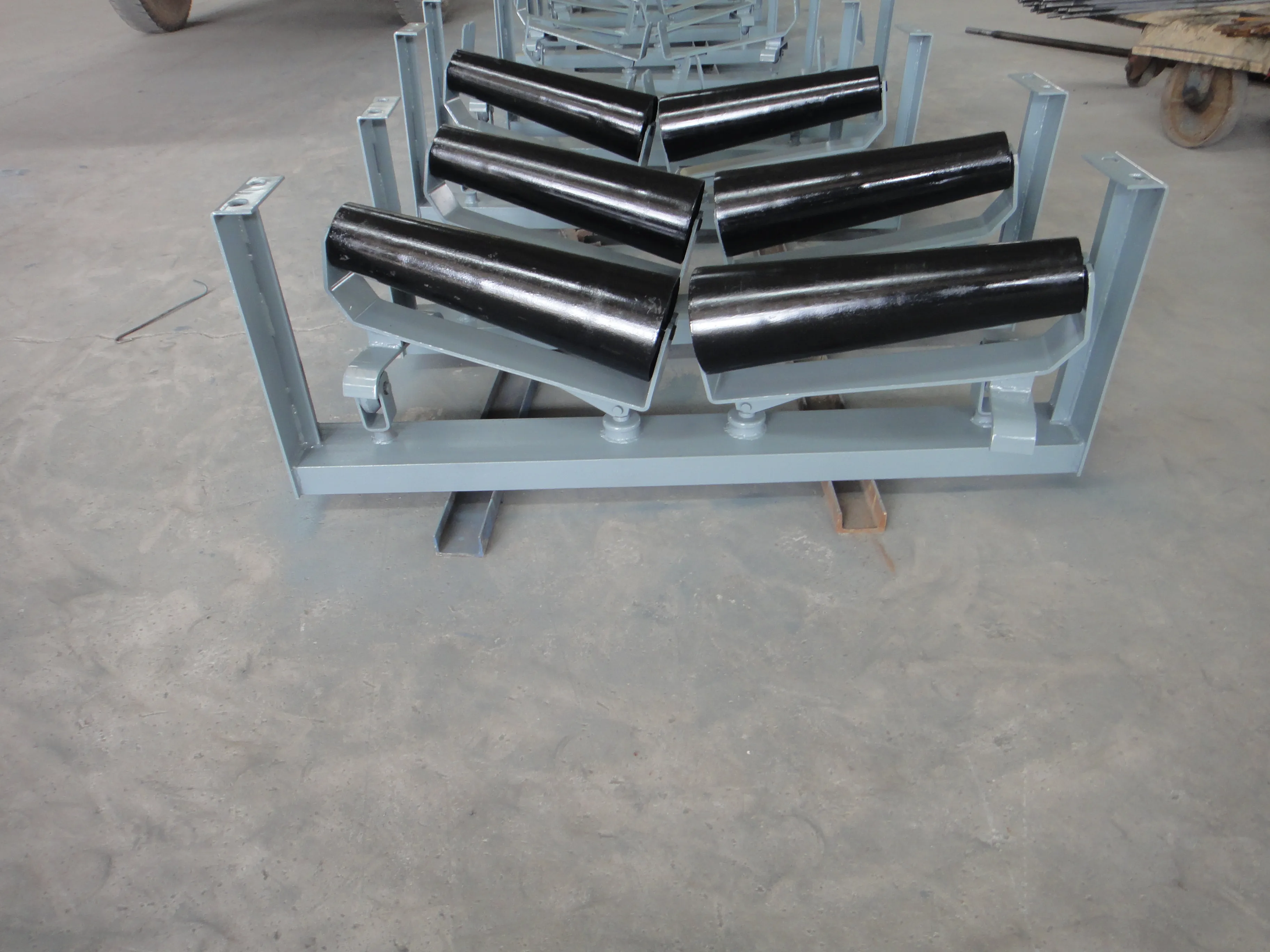 Afrikaans
Afrikaans  Albanian
Albanian  Amharic
Amharic  Arabic
Arabic  Armenian
Armenian  Azerbaijani
Azerbaijani  Basque
Basque  Belarusian
Belarusian  Bengali
Bengali  Bosnian
Bosnian  Bulgarian
Bulgarian  Catalan
Catalan  Cebuano
Cebuano  Corsican
Corsican  Croatian
Croatian  Czech
Czech  Danish
Danish  Dutch
Dutch  English
English  Esperanto
Esperanto  Estonian
Estonian  Finnish
Finnish  French
French  Frisian
Frisian  Galician
Galician  Georgian
Georgian  German
German  Greek
Greek  Gujarati
Gujarati  Haitian Creole
Haitian Creole  hausa
hausa  hawaiian
hawaiian  Hebrew
Hebrew  Hindi
Hindi  Miao
Miao  Hungarian
Hungarian  Icelandic
Icelandic  igbo
igbo  Indonesian
Indonesian  irish
irish  Italian
Italian  Japanese
Japanese  Javanese
Javanese  Kannada
Kannada  kazakh
kazakh  Khmer
Khmer  Rwandese
Rwandese  Korean
Korean  Kurdish
Kurdish  Kyrgyz
Kyrgyz  Lao
Lao  Latin
Latin  Latvian
Latvian  Lithuanian
Lithuanian  Luxembourgish
Luxembourgish  Macedonian
Macedonian  Malgashi
Malgashi  Malay
Malay  Malayalam
Malayalam  Maltese
Maltese  Maori
Maori  Marathi
Marathi  Mongolian
Mongolian  Myanmar
Myanmar  Nepali
Nepali  Norwegian
Norwegian  Norwegian
Norwegian  Occitan
Occitan  Pashto
Pashto  Persian
Persian  Polish
Polish  Portuguese
Portuguese  Punjabi
Punjabi  Romanian
Romanian  Russian
Russian  Samoan
Samoan  Scottish Gaelic
Scottish Gaelic  Serbian
Serbian  Sesotho
Sesotho  Shona
Shona  Sindhi
Sindhi  Sinhala
Sinhala  Slovak
Slovak  Slovenian
Slovenian  Somali
Somali  Spanish
Spanish  Sundanese
Sundanese  Swahili
Swahili  Swedish
Swedish  Tagalog
Tagalog  Tajik
Tajik  Tamil
Tamil  Tatar
Tatar  Telugu
Telugu  Thai
Thai  Turkish
Turkish  Turkmen
Turkmen  Ukrainian
Ukrainian  Urdu
Urdu  Uighur
Uighur  Uzbek
Uzbek  Vietnamese
Vietnamese  Welsh
Welsh  Bantu
Bantu  Yiddish
Yiddish  Yoruba
Yoruba  Zulu
Zulu Rubber Belt Pulley System for Efficient Power Transmission and Machinery Performance
Understanding Rubber Belt Pulleys A Comprehensive Overview
Rubber belt pulleys are integral components in various mechanical systems, playing a crucial role in the movement and transfer of power between different machinery parts. These pulleys are designed to work in conjunction with rubber belts, allowing for efficient transmission of rotational energy in applications ranging from automotive engines to conveyor systems.
The Importance of Rubber in Pulleys
Rubber is widely utilized in these pulleys due to its unique properties, which include flexibility, durability, and resistance to wear and tear. When rubber is used in belt pulleys, it provides excellent grip and friction, ensuring that the belt remains in contact with the pulley surface, thus enhancing power transmission efficiency. Furthermore, rubber's elasticity allows it to absorb shocks and vibrations, prolonging the lifespan of both the pulley and the connected machinery.
Types of Rubber Belt Pulleys
Rubber belt pulleys come in various shapes and sizes, each designed for specific applications
. Some common types include1. V-Pulleys Characterized by a V-shaped groove, these pulleys are commonly used alongside V-belts. They are ideal for applications that require high tension and provide excellent traction.
2. Flat Pulleys These are designed for flat belts and are often found in light-duty applications. They are simple in design and help to reduce wear on the belts.
rubber belt pulley

3. Timing Pulleys These pulleys feature teeth that engage with the corresponding teeth on timing belts, ensuring precise movement in applications requiring synchronization, such as in engines and robotics.
Applications of Rubber Belt Pulleys
The versatility of rubber belt pulleys makes them suitable for numerous applications. In the automotive industry, they are used in engines to transmit power from the crankshaft to other components, such as alternators, water pumps, and air conditioning compressors. In industrial settings, rubber belt pulleys are vital for conveyor systems, enabling the smooth and efficient movement of goods.
Maintenance and Care
To maximize the longevity and performance of rubber belt pulleys, regular maintenance is essential. This includes inspecting the belts for signs of wear, ensuring proper tension, and checking pulleys for alignment. Addressing any issues promptly can help prevent costly breakdowns and extend the life of the machinery.
Conclusion
In summary, rubber belt pulleys are fundamental components in various mechanical systems due to their durability, efficiency, and adaptability. Understanding their types, applications, and maintenance requirements can lead to enhanced performance and reliability in different machinery operations. As technology continues to evolve, the design and materials used in rubber belt pulleys are likely to advance, further improving their effectiveness in diverse industries.
-
Revolutionizing Conveyor Reliability with Advanced Rubber Lagging PulleysNewsJul.22,2025
-
Powering Precision and Durability with Expert Manufacturers of Conveyor ComponentsNewsJul.22,2025
-
Optimizing Conveyor Systems with Advanced Conveyor AccessoriesNewsJul.22,2025
-
Maximize Conveyor Efficiency with Quality Conveyor Idler PulleysNewsJul.22,2025
-
Future-Proof Your Conveyor System with High-Performance Polyurethane RollerNewsJul.22,2025
-
Driving Efficiency Forward with Quality Idlers and RollersNewsJul.22,2025





























